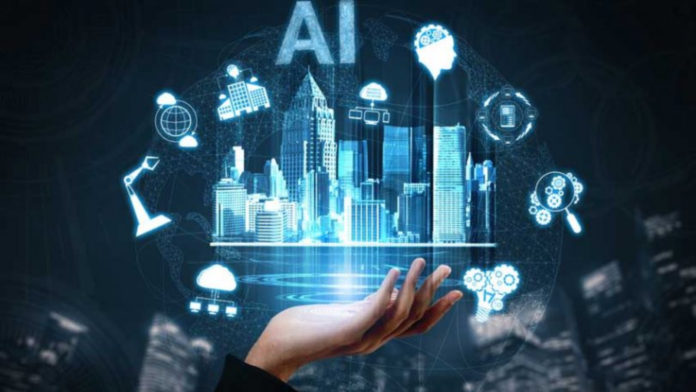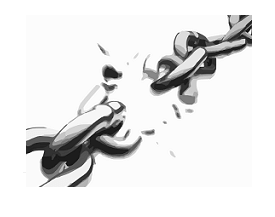In today’s digital era, the foundation of the internet’s functionality rests upon Application Programming Interfaces (APIs). These intricate web connectors not only drive websites and apps but also seamlessly integrate with the diverse array of devices we rely on daily. Termed as the “API economy,” this realm is projected to burgeon into a staggering $14.2 trillion market by 2027.
As APIs cement their position in our lives, regulatory attention has been drawn toward this crucial domain. Initial regulatory tiers, spearheaded by entities like IEEE and W3C, aim to establish technical benchmarks and constraints that delineate the internet’s technological landscape.
However, the scope of regulation extends beyond technical standards. Pillars like security and data privacy find their footing in globally recognized mandates such as ISO27001 and GDPR. These frameworks form the backbone governing the realms empowered by APIs.
The integration of Artificial Intelligence (AI) has significantly complicated this regulatory framework.
The Shifting Landscape: AI’s Influence on APIs AI, in its various forms, has long existed, but it’s the advent of generative AI and Large Language Models (LLMs) that has revolutionized the risk paradigm.
Numerous AI-driven enterprises harness the potential of APIs to democratize their products, making them accessible to homes and workplaces worldwide. A prime example is the early release of OpenAI’s API to the public—a synergy that was unimaginable just two decades ago, given the nascent stages of both APIs and AI.
AI’s integration has ushered in a paradigm shift, particularly in software development and the intricate process of API creation. Tools like GitHub Copilot and ChatGPT have emerged as code-writing aides, streamlining API integration. These tools are poised to define prevalent methodologies in API creation, potentially altering the landscape of software engineering practices.
Enterprises like Superface and Blobr are trailblazing in API integration by leveraging AI, allowing users to interact with APIs akin to conversing with a chatbot, thus revolutionizing accessibility.
Generative AI, especially large language models (LLMs), presents a transformative yet nuanced challenge within this landscape. The capacity of AI to generate content limitlessly, whether under human guidance or potentially beyond human control in the case of Artificial General Intelligence (AGI), alters the risk fabric fundamentally.
The fusion of AI and APIs heralds an era of unprecedented capabilities intertwined with intricate regulatory challenges. As we traverse this uncharted territory, the balance between harnessing AI’s potential and crafting effective regulatory measures becomes imperative.
Navigating the Intersection: The Path Ahead Regulating AI within the expansive API ecosystem necessitates a multifaceted approach. It calls for collaborative endeavors among regulatory bodies, tech innovators, and stakeholders to outline ethical frameworks that preserve innovation while safeguarding against potential risks.
Efforts to establish guidelines encompassing AI’s integration within APIs must prioritize ethical considerations, data privacy, and AI’s autonomy. Robust regulatory frameworks can foster an environment conducive to innovation while mitigating potential adversities.
The evolving landscape of AI-integrated APIs underscores the critical need for proactive and adaptable regulatory frameworks. Striking the delicate balance between technological advancement and regulatory oversight will be pivotal in sculpting a future where innovation thrives in tandem with ethical boundaries.
In summary, as AI continues to shape and redefine the API landscape, proactive regulatory frameworks are imperative to steer this convergence towards a future that harnesses innovation responsibly while upholding ethical standards and safeguarding user interests.












